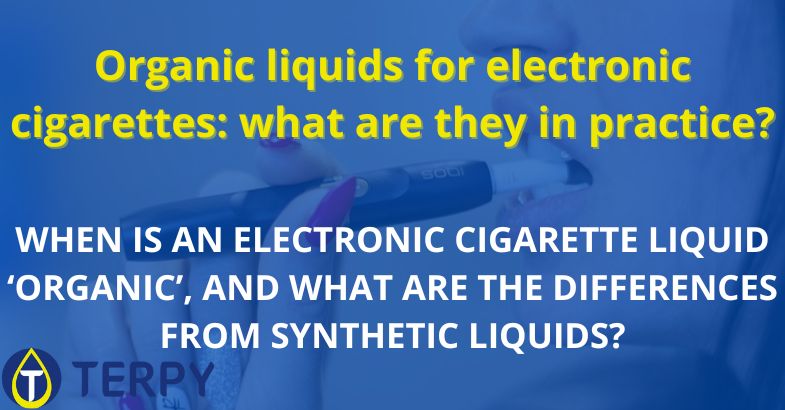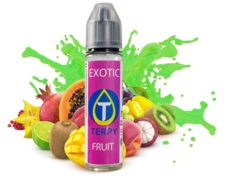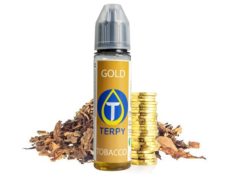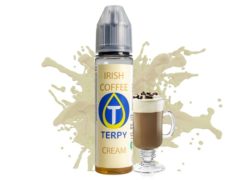Modified on: 27/05/2024
When is an electronic cigarette liquid ‘organic’, and what are the differences from synthetic liquids?
The great thing about being a vaper is the possibility of experimenting with a whole bunch of different e-cigarette liquids from a virtually unlimited range of products.
One day we vape mango, the next day, an excellent Latakia tobacco, and then biscuit, lemon cream, coconut chocolate, etc. So there is something for everyone!
If you are constantly looking for flavours that satisfy your palate, you may have heard of organic liquids described as “the best of the best” when it comes to taste.
But what, in concrete terms, are these e-liquids? Are they that fabulous? And what are the differences between synthetic electronic cigarette liquids?
You will find the answers to these questions in the following article.
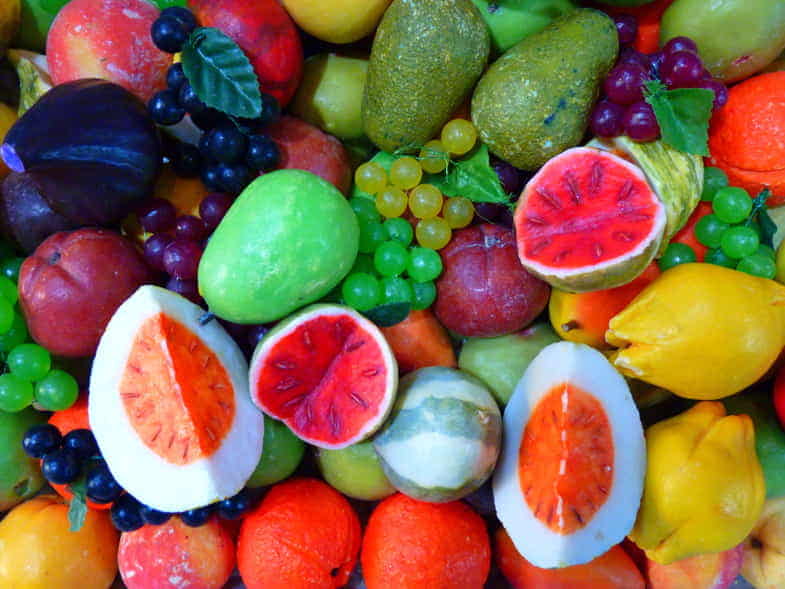

Organic liquids: what are they really, and how are they produced?
You should know that, in the world of vaping, the term ‘organic’ has a different meaning than it has when used in other contexts.
As a rule, this word indicates something related to living organisms, whether animals or plants. As far as liquids for electronic cigarettes are concerned, the adjective would seem to indicate e-liquids produced from natural substances instead of synthetic ones. In reality, however, the latter is also composed of organic molecules!
The difference is as follows: organic e-liquids contain flavourings derived from processing naturally occurring raw materials (plants and fruits); synthetic e-liquids, on the other hand, contain laboratory-produced flavourings.
But is the term ‘organic’ misused in the world of vaping? Indeed, yes, and Italian law prohibits this adjective from being used in the list of ingredients of e-liquids indicated on labels.
Please note: that the term ‘organic’ in other parts of the packaging or for commercial purposes is not prohibited. Instead, the ban is limited to the list of ingredients.
Read also: Tobacco electronic cigarette liquid: a guide to choosing the best one
How are organic liquids produced?
There are two main techniques for producing organic liquids:
- maceration;
- extraction.
The first consists of soaking the raw material, such as fruit and tobacco leaves, in a solvent (usually PG or propylene glycol) for several months. At the end of steeping, the remaining liquid part is ready to be used as a flavouring for e-liquids.
To achieve a good result, it is essential to choose a raw material that is not contaminated with additives or other substances that could impair the quality of the final product. For this reason, maceration is often preceded by certain operations to remove impurities and contaminants.
Under the name ‘extraction’, on the other hand, several methods are included: distillation, percolation, pressing and even ultrasound extraction. The latter, in particular, is used by large companies that produce organic liquids on an industrial level. As its name implies, it consists of using ultrasound to strike the solvent and the raw material to break down the latter and quickly extract the substances it contains.
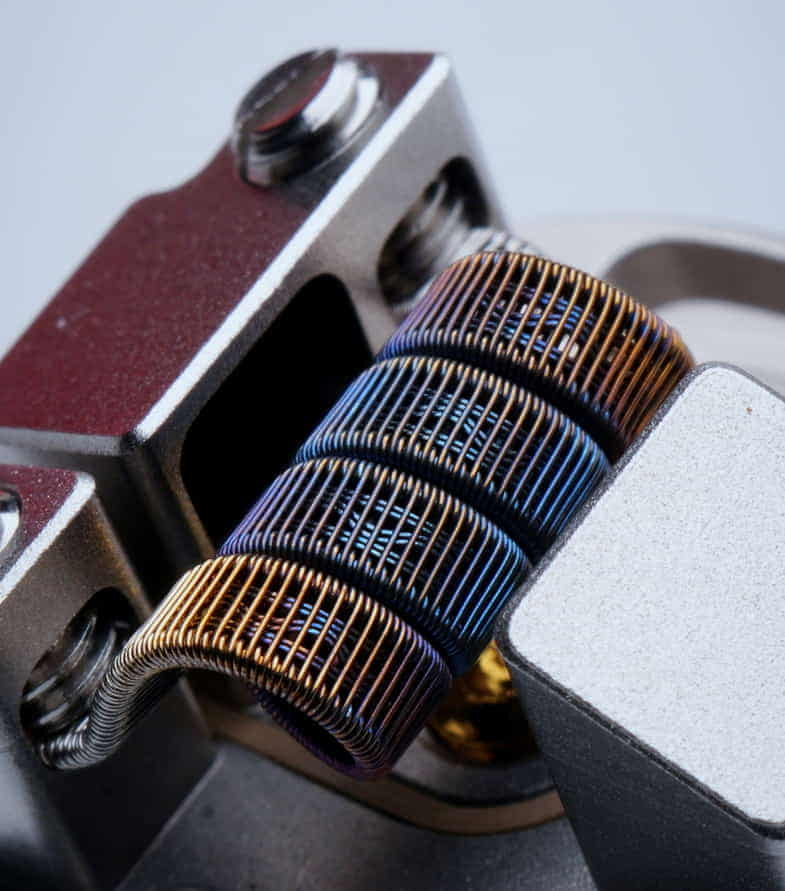

The differences between organic and synthetic liquids
Organic electronic cigarette liquids have a strong taste that is true to the aroma of the raw material from which they were obtained, especially the tobaccos. Lovers of these products particularly boast of their ability to reproduce all the different nuances of tobacco flavour: hearing them sometimes sounds like listening to a sommelier tasting a fine wine.
However, the chemical composition of organic liquids makes them much ‘heavier’ for coils: it is not uncommon for resistors to become encrusted entirely after only a few days of use. The solution to this problem? Choose devices with regenerable resistors.
In addition, the intensity of organic aromas tends to produce odours and flavours that can persist in the atomiser for days on end and spoil the taste of other liquids in the tank.
On the other hand, synthetic liquids have a less intense taste but are more friendly to e-cigarettes. When vaporised, they leave much less residue on the coil than organic ones, preserving the integrity of the resistances. In addition, they are ideal for blending your favourite flavours.
I love the Virginia flavour, but I wish it had a sweeter tinge? Mix it with a vanilla flavouring, and you get a liquid that is just right for you.
Did you love menthol cigarettes when you smoked? Buy your favourite tobacco flavouring and ‘spice it up with a mint flavouring to reproduce an experience identical to what you were used to.
On the other hand, organic liquids are not suitable for mixing and do not allow you the freedom to experiment with the craziest mixes you can think of.
Read also: Too much nicotine? Symptoms and remedies for immediate action
In conclusion
We have explained what organic liquids for e-cigarettes are, how they are produced, and the differences from synthetic ones.
As you have read, e-liquids created from natural raw materials have a richer and more varied aroma than those produced in a laboratory. Be careful, though: if you choose these liquids, you will have to change the heating elements and clean the atomiser very thoroughly to remove residues and lingering odours.
Want some advice? Choose high-quality synthetic liquids to enjoy the advantages of these products without giving up an intense and tasty aroma. At Terpy, Europe’s number 1 vaper shop, you will find a wide selection of e-liquids for all tastes and many other top quality items.
Are you a vaper who wants only the best? Choose Terpy.com!

